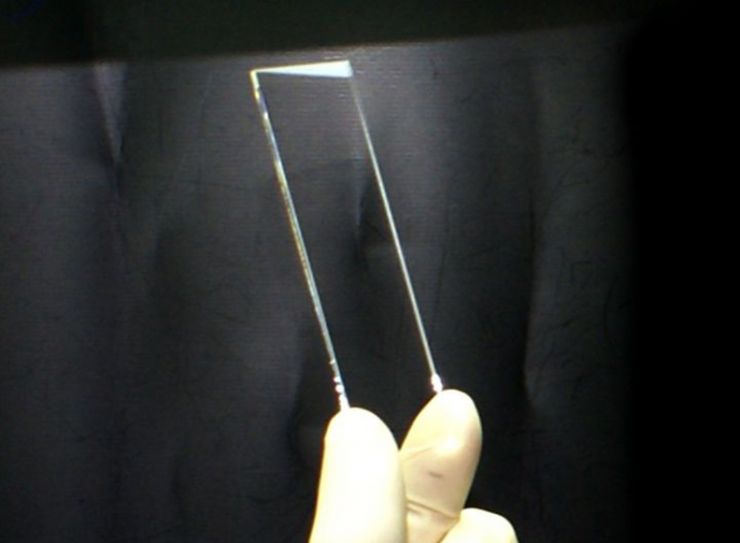
Display Glass
CUSTOM FORMAT AND SPECIFICATIONS
Today’s advanced technologies in micro-display, imaging, optical sensing, and biotech require precision glass windows of the highest quality and cleanliness.
Whether you require precision cover glass, optical sensor windows or other small format glass components, Coresix can employ an array of processing options to convert nearly any glass material to a format and specification that work for your application.
PROCESS

Substrate
Small format glass windows and covers for optical sensors, microelectronics, and other applications often require materials or specifications not available in sheet glass format. Through Water Jetting, Coring, Wire Sawing, Lapping, and Polishing, Coresix has the tools, processes, and experience to transform nearly any glass material into a substrate from which we can efficiently fabricate small-format glass components to exacting specifications.
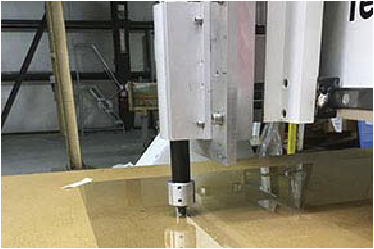
Cutting
Whether using standard sheet glass, fused silica, or optical glass, once the substrate has been established, we use a precision mechanical scribe process to size the individual parts. In some cases, for extremely small parts, it may be appropriate to scribe and ship the substrate on a Tape Ring from which the individual parts can later be “peeled” and applied to the application.

Edging
Though CNC Edging is available within certain size limits, a more cost-effective approach for small parts is to Hand Seam edges and corners on a diamond grinding wheel. This is a very consistent process that eliminated the sharp edge and corners making the parts safe to handle and promoting cleanliness through reduced particle migration.
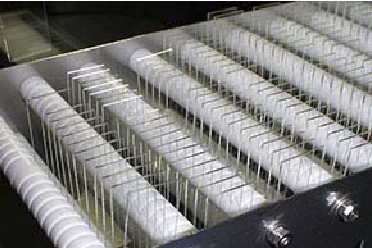
Cleaning
Small format glass windows and covers for optical sensors, microelectronics, and other applications often require materials or specifications not available in sheet glass format. Through Water Jetting, Coring, Wire Sawing, Lapping, and Polishing, Coresix has the tools, processes, and experience to transform nearly any glass material into a substrate from which we can efficiently fabricate small-format glass components to exacting specifications.
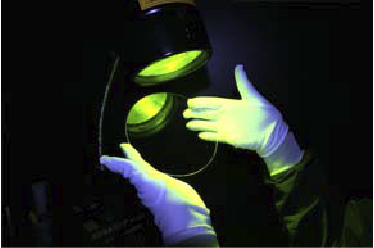
Inspection
Whether using standard sheet glass, fused silica, or optical glass, once the substrate has been established, we use a precision mechanical scribe process to size the individual parts. In some cases, for extremely small parts, it may be appropriate to scribe and ship the substrate on a Tape Ring from which the individual parts can later be “peeled” and applied to the application.
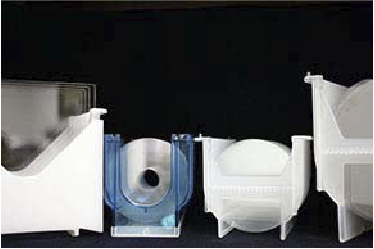
Packaging
Since glass windows are custom-sized to the application, there is rarely a suitable non-contact container or tray readily available for packaging. For programs with supporting volume, a Custom Vacuum Formed Tray is the most effective option. Where volumes do not justify, Coresix can often apply a creative solution for unique packaging needs. If the application allows, clean room Envelopes or Tissue Wrap are often viable and low-cost alternatives.
SPECIFICATION
Dimensional Specifications
Most dimensions are limits under optimal conditions and are subject to evaluation upon inquiry.
| Attribute | Minimum | Maximun | Tolerance |
|---|---|---|---|
| Thickness | 50µm | 10mm | +/- 2µm |
| Dimensions (Scribed Edge) | 5.0mm x 5.0mm | n/a | +/- 50µm |
| Dimensions (Hand Seam) | 12mm x 12mm | n/a | +/- 50µm |
| Dimensions (CNC Edge) | 35mm x 35mm | n/a | +/- 25µm |
| Dimensions (Scribed Edge) | 6.0mm | n/a | /- 100µm |
| Diameter (CNC Edge) | 25.0mm | 450.0mm | +/- 25µm |
| Thickness Variation (TTV) | <1µm | n/a | n/a |
| Flatness | 1/10 Wave/Inch | n/a | n/a |
| Surface Roughness (RMS) | <2Å | n/a | n/a |
| Scratch and Dig | 5/2 | n/a | n/a |
| Particle Size | <5µm | n/a | n/a |
| Bow/Warp | <10µm | n/a | n/a |
Actual specifications will be dependent upon material, format, and other factors. We will be glad to evaluate your requirements and advise the best possible process available.
CAPABILITIES

Dimensional
Whether from stock glass sheets or custom-produced substrate, small window and cover glass components are cut to size using a mechanical scribe process. The dimensional tolerances of this process, depending upon the part size and material thickness, can be held to as low as +/-25 microns. If a fully ground edge, custom shape, or other features are needed, CNC edging can be used to hold tolerance and relative positioning to within 25 microns. Hand seaming, the most common and economical method of edging small format glass, will not change the dimensional tolerance of the part. These edges and corner crops can be applied to customer requirements with repeatability within 50 microns.
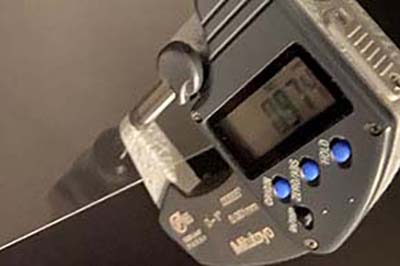
Thickness
If standard sheet glass thickness doesn’t meet your needs, or components are to be made from a bulk glass format, an appropriate substrate can be prepared to tolerances below 5 microns with thickness variation within each part to below 1 micron. We will evaluate your material and thickness requirements to propose the most effective process at the lowest price point.
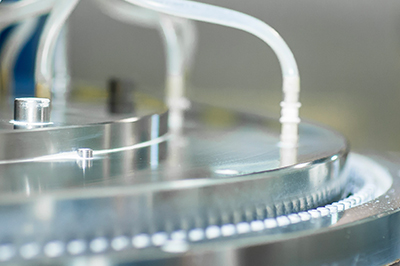
Flatness
Our ability to achieve extremely flat surfaces on a substrate prior to fabrication enables us to meet precision flatness requirements on the finished window format. As these flatness requirements can take many forms including TIR, TWE, RWE, Waves, and Fringes, we can help you determine exactly what specification is needed and design our process accordingly.

Parallelism
Like flatness requirements, through lapping and polishing processes, we can achieve the highest level of parallelism on a substrate from which we can then make the smaller components to sub-micron variation between surfaces virtually eliminating optical distortion through the glass.
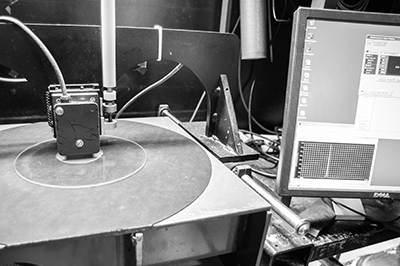
Roughness
Again, our substrate processing capabilities enable us to start the window fabrication process with the right material to assure your specifications will be met. Our standard substrate polishing process results in a surface roughness under 6A and our Super Polish process can create surfaces to 2A Ra.
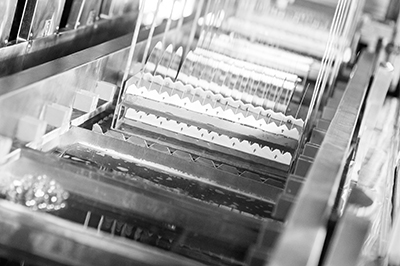
Cleanliness
If cleanliness is critical to your application, our Ultrasonic Cleaning processes combined with custom, non-contact packaging will result in a residue and particle-free window delivered in a clean room ready condition.
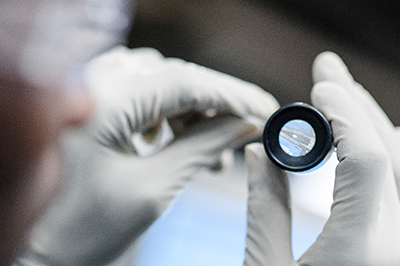
Inspection
Whether expressed as a Scratch & Dig, Maximum Defect, or Light Condition, our experienced inspectors within a Class 100 Optical Clean Room environment reliably and repeatedly verify our glass window surfaces to the most stringent specifications.

Packaging
Surface quality and cleanliness will largely determine the packaging specification required. For moderate surface quality requirements (40/20 or higher), clean room tissue wrap is often a suitable and cost-effective option. For higher quality levels (20/10 or better) and for critical cleanliness, custom vacuum-formed trays or other non-contact options may be required. We have developed practical solutions for the clean packaging of nearly every glass window format.